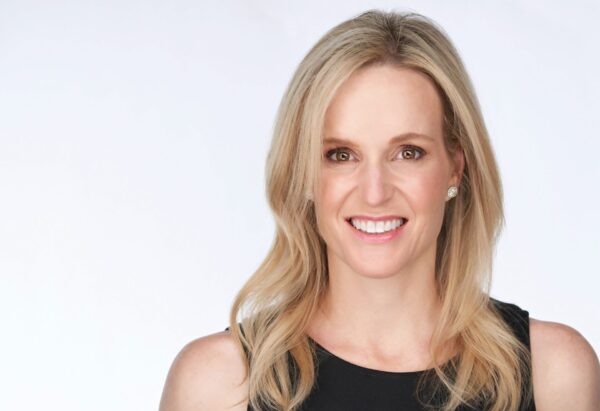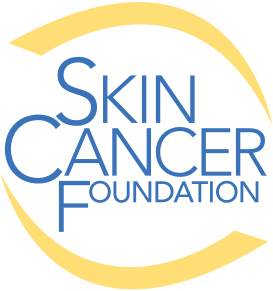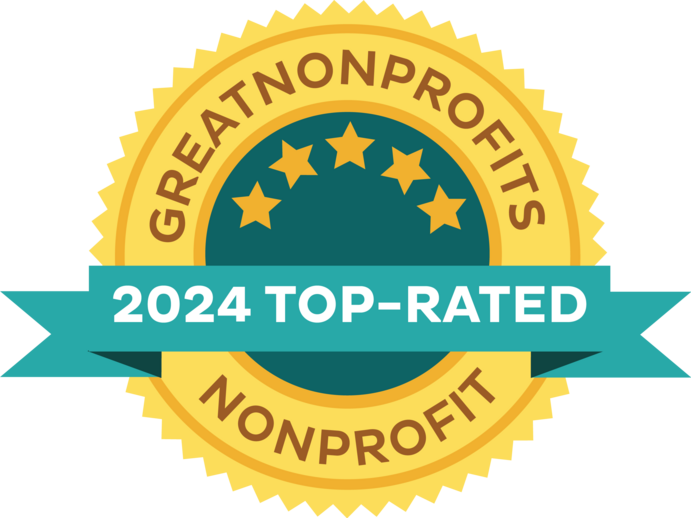Wait, What?! When it comes to skin cancer, there is no reason to panic — or to make light of it. There’s good help for the newly diagnosed available on SkinCancer.org and from your dermatologist. Photo credit: Abraham Gonzalez Fernandez/Getty Images
Q: I’m in shock. At my last skin check, my dermatologist took a tissue sample from my nose. I didn’t think much of it, but I got a call from the doctor’s office, and they said I have skin cancer. All I heard were the words “nonmelanoma” and “basil,” which made me think, absurdly, of pizza. That’s how rattled I was. Only after I hung up did I realize the word was “basal” and that I should have asked questions. I never imagined I’d have skin cancer, let alone one that could leave a scar in the middle of my face. I can’t speak to my doctor for a few days. What should I do now?
Julie K. Karen, MD: First, do not panic. You’re not alone, and you’re going to be OK. Skin cancer is very common — more common than all other forms of cancer combined. At least one in five American adults is now expected to get skin cancer. And while you’re understandably upset and confused and don’t have much information yet, you do know that your skin cancer is not a melanoma and is almost certainly a basal cell carcinoma (the most common type of skin cancer, often abbreviated to BCC), which, along with squamous cell carcinoma (or SCC, the second most common type), make up the overwhelming majority of all skin cancer diagnoses. Yes, it is unfortunate that this skin cancer will require a procedure to keep it from becoming more serious. However, it is a skin-deep problem that, when caught early, is completely treatable and likely curable.
Between now and your appointment with your dermatologist, I would urge you to refrain from consulting Dr. Google. It’s a natural tendency to want to acquire all the information that you can, and the internet has loads of it — but quantity does not mean quality. There is so much misinformation out there, and the difference between a reputable, curated source and an unreliable one is not always evident. If you want to dive in, I recommend The Skin Cancer Foundation’s helpful “Newly Diagnosed” page. Beyond that, the information you need most is what your physician provides because it will be tailored specifically to your diagnosis. And it will determine the treatment plan you follow.
Consulting with your dermatologist as soon as you get the diagnosis, as you are doing, is absolutely the right next step. Before you see your doctor, write down questions or put notes in your phone as you think of them. And because of your anxiety and shock at this unexpected diagnosis, you might want to ask a friend or relative to accompany you to that consultation to take notes and make sure your questions are answered. Do not hesitate to share all your concerns and fears, even the cosmetic ones (such as the possibility of scarring), with your doctor.
In our practice, I often find that patients are so anxious that they want to act immediately to remove the lesion. They’ll ask, “Can you get me in tomorrow?” In fact, it’s better to wait a couple of weeks to do surgery, because right after a biopsy, the skin can be red, raw and inflamed. That can make the lesion appear larger than it is. If you have surgery immediately, there’s a risk that the surgeon will have to remove more tissue than necessary. Letting the biopsy heal for a couple of weeks usually means a smaller repair. But I want to add an important caveat to this advice: After a biopsy heals, very often the area may look as if there is no lesion left. So a patient may think, “Oh, I don’t need surgery after all.” But a BCC can run deep under the skin, and even when nothing appears to be left, something usually is. It is imperative that you pursue whatever treatment your physician is recommending.
That treatment will almost certainly be Mohs micrographic surgery, because your carcinoma is on your nose (one of the most common spots for a BCC, since it is an area that receives a disproportionate amount of sun over a person’s lifetime). Mohs is designed to achieve optimal cure rates, preserve as much normal tissue as possible and minimize scarring. As your physician will explain, during Mohs surgery the surgeon removes a small piece of tissue around and underneath the biopsy site, examines it under a microscope, and then repeats the process until all the tissue margins (the peripheral edges and the depth) are completely clear of any cancer cells.
With cure rates of nearly 99 percent, Mohs is the gold standard for treating BCC and SCC in areas that are highly visible and/or where the sparing of healthy tissue to preserve function is critical. (A carcinoma on your back or forearm, for example, might be treated with an excision instead.) If, as is the case with some dermatologists, including me, yours is also a board-certified Mohs surgeon, your doctor can perform the surgery; if not, you will be referred to one. The surgery is an essentially painless, outpatient procedure performed under local anesthesia in a medical office. Depending on your tumor size, location on the body and the number of stages required to achieve negative margins, you should be prepared for your procedure to take anywhere from a couple of hours to most of the day.
Once the cancer has been completely removed, the next step is to repair the resultant defect. Sometimes, if the cancer is small or superficial, no repair is necessary, and the lesion will be left to heal on its own. In most cases, however, the Mohs surgeon will do the repair, unless you’ve arranged for a plastic surgeon to be on hand to do it. What you should not do is have a plastic surgeon remove your BCC, as patients are sometimes tempted to do. Plastic surgeons are wonderful, and you are right to have cosmetic concerns about something as prominent as the nose on your face. However, Mohs surgeons are uniquely trained to perform this type of skin cancer surgery. They are well-trained to do repair and reconstruction as well. But if you prefer that a plastic surgeon handle the repair, by all means speak up. I have never heard of a Mohs surgeon who refused to work with a plastic surgeon.
You should expect to heal quickly from your surgery, but there are a few things you will need to know going forward. Having had UV-related skin cancer, you will need to be extra-vigilant about sun protection for the rest of your life. Make wearing a broad-spectrum SPF 30+ sunscreen every single day as habitual as brushing your teeth in the morning. (The Skin Cancer Foundation recommends SPF 50+ for extended outdoor activity.) For my patients with a lot of sun damage, I recommend applying an antioxidant, such as a vitamin C serum, under their sunscreen; various studies show that it provides additional protection. Your dermatologist may have other suggestions for amping up your sunscreen regimen. You’ll also need a tightly woven hat with a wide brim that shields the sides and back of your head as well as the front. And, whenever possible, you should wear UV-protecting fabrics that cover as much of your skin as possible when you’re outdoors.
It’s also a good idea to let all your medical providers know about your history with BCC, even the ones who might seem extraneous, such as your dentist or pharmacist. Most importantly, you now need to schedule semiannual skin checks with your dermatologist to make sure you detect any new suspicious lesions as early as possible, when they are easiest to treat. — Interview by Lorraine Glennon
 ABOUT THE EXPERT:
ABOUT THE EXPERT:
Julie K. Karen, MD, a board-certified dermatologist and Mohs surgeon, is a cofounder of CompleteSkinMD in New York City. She is a clinical assistant professor of dermatology at NYU Grossman School of Medicine and teaches surgery to the dermatology residents.





